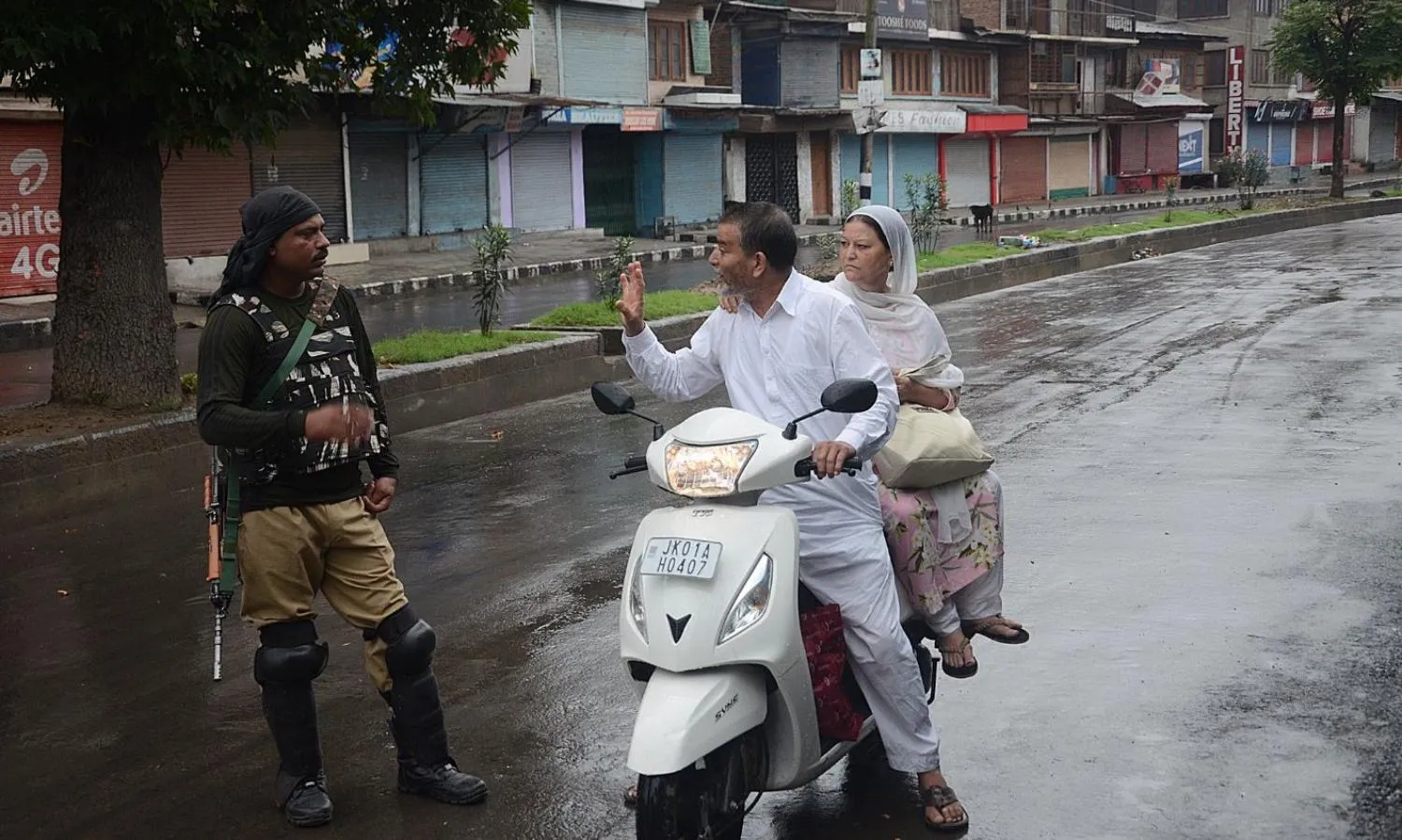
SRINAGAR: It took 72 hours for the government to shift from a denial to a confirmation of a huge protest in Srinagar with the first lifting of the curfew for some hours, and that too in parts. On August 10 the Spokesperson for the Ministry of Home Affairs had tweeted,
Exactly three days later the MHA spokesperson tweeted:
Videos have been carried of the protests by the international media with the BBC coming into New Delhi’s direct line of fire.
The government has been maintaining near return to normalcy. Photographs and videos of National Security Advisor Ajit Doval speaking to a few people here and there, in empty streets and shuttered shops, have been circulated by the government as proof of a ‘reach out’ and support from the locals for New Delhi’s decision. Badly taken photographs, as a former Foreign Office official said, “surely if they had to show all this the government could have ensured a better job without a wide frame that showed him standing in a deserted road, with shops all closed.”
The international media has refused to back off despite the aggressive trolling and denials from the government. New Delhi has thus had to admit that the photographs and reports of the huge protest by the Kashmiris were correct, although the spokesperson has attributed this to “miscreants.”
The Citizen received the first batch of photographs from our photographer Basit Zargar who managed to reach the media centre that has been opened and where journalists are now being allowed a few minutes to send out their despatches. The recent photographs show that the capital Srinagar is under lockdown, with the major political leaders as well as others ---figures range from 100 to 300---are in jail. The leaders include Omar Abdullah and Mehbooba Mufti. Nothing has been heard from Farooq Abdullah since his emotional outburst after a day in house arrest.
Zargar said that he was fine, as is The Citizen Consulting Editor Jehangir Ali. Some of the photographs we received today:

